
Satellite
07:21, 21-May-2018
China launches relay satellite for Chang'e-4 lunar probe
By Wu Lei, Liu Changlian
02:26
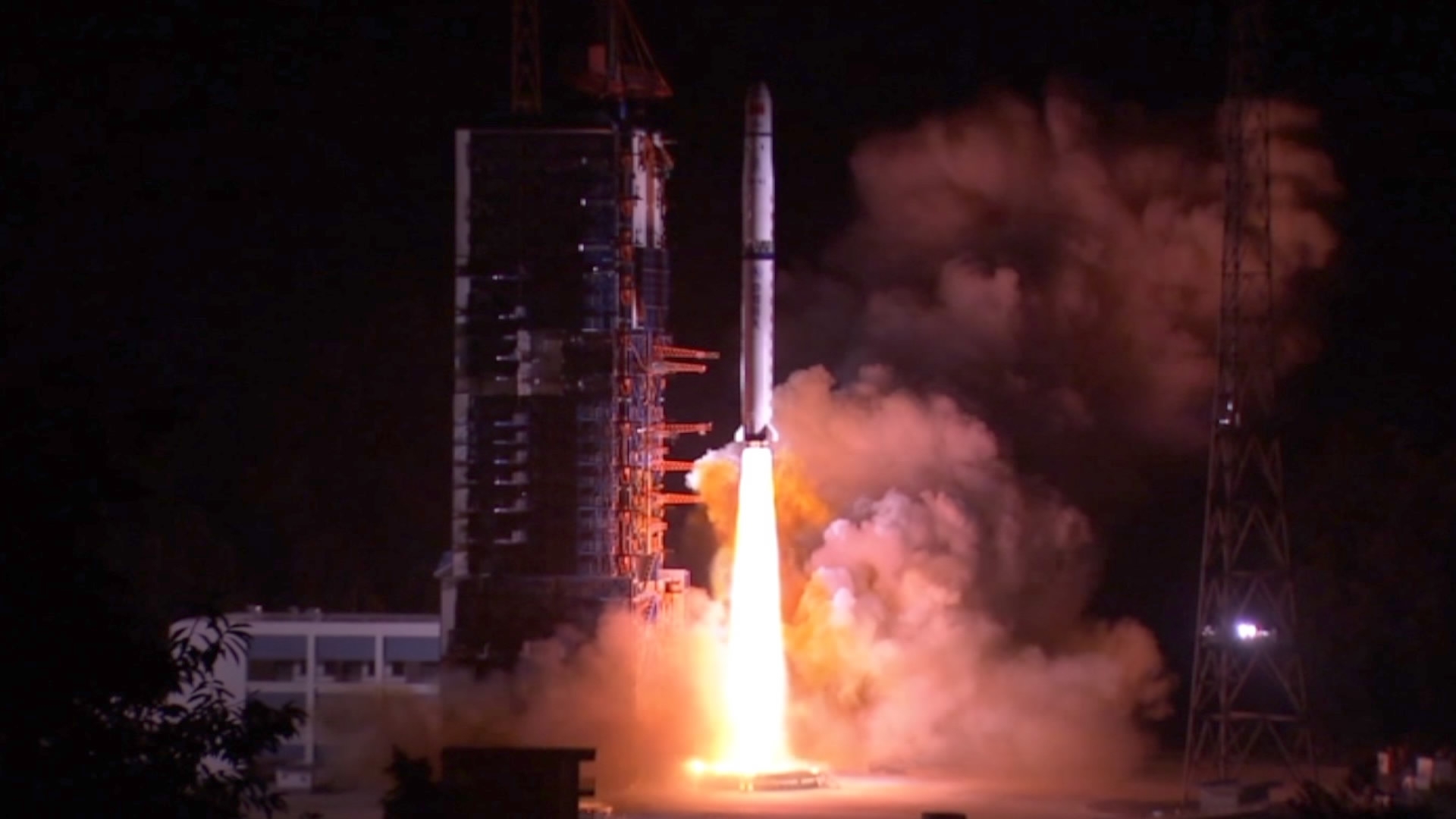
China on Monday successfully launched a relay satellite for the Chang'e-4 lunar mission, which is scheduled for later this year.
The satellite, named Queqiao (Magpie Bridge), was carried by a Long March-4C rocket that blasted off at 5:28 a.m. from southwest China's Xichang Satellite Launch Center.
It separated from the rocket 25 minutes after liftoff and was sent to an Earth-Moon transfer orbit with a perigee of 200km and an apogee of 400,000km. Its solar panels and relay communication antenna unfolded successfully.
This is also the world’s first communication satellite which is expected to operate in the orbit of the Earth-Moon Lagrange Point L2. It will be able to observe both the Earth and the far side of the Moon.
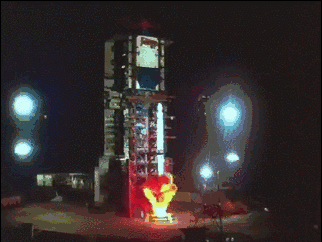
CCTV Gif
CCTV Gif
When the night falls, the Moon rises. The Moon is the Earth’s natural satellite and has always been a special and mysterious phenomenon for people living on Earth.
Due to its gravitational forces and rotational period, one side of the Moon rotates around the earth, and humans have been watching and worshiping this side for thousands of years. Over the past few decades, many countries including the US and Russia have sent spacecraft and astronauts, but the lunar far side is never visible to the Earth and has never been explored by humans.
01:34
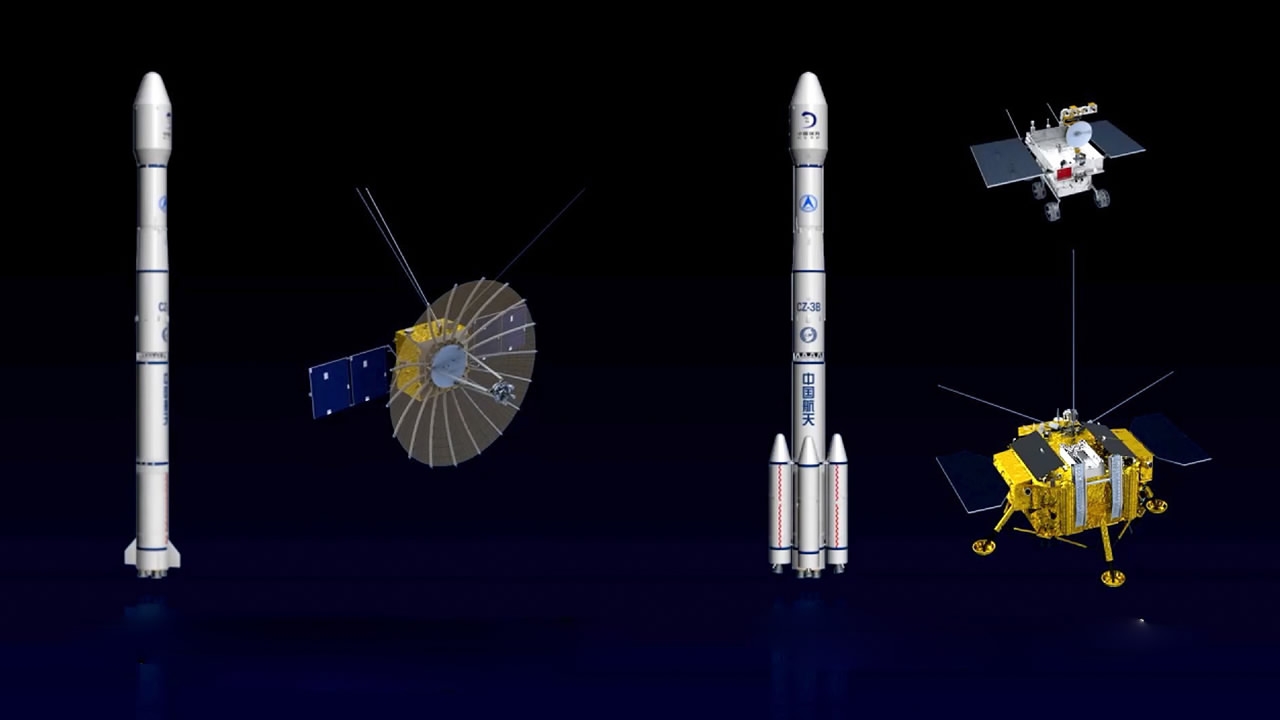
Queqiao, the key to China’s Chang’e-4 mission
Queqiao can be literally translated into Magpie Bridge. In a Chinese folktale, magpies formed a bridge by spreading their wings on the seventh night of the seventh month of the lunar calendar to enable Zhi Nu, the seventh daughter of the Goddess of Heaven, to cross and meet her beloved husband, who was separated from her by the Milky Way.
So it is a symbolic bridge. The Chang'e-4 lunar probe, which is scheduled to be launched later this year, will undertake the first-ever soft landing on the far side of the Moon. However, direct communication with the far side of the Moon is not possible and is one of the many challenges of the Chang'e-4 lunar probe mission. That is why the relay satellite is needed, and it will be responsible for transmitting signals between the Earth station and the Chang'e-4 lander and rover.
What will Queqiao do?
After days of adjustment, Queqiao will then make its way to the Earth-Moon Lagrange point 2, a gravitationally stable spot located about 65,000 kilometers beyond the lunar far side. From that perch, the satellite will relay signals and data between Earth and China's pioneering Chang'e-4 lander-rover duo.
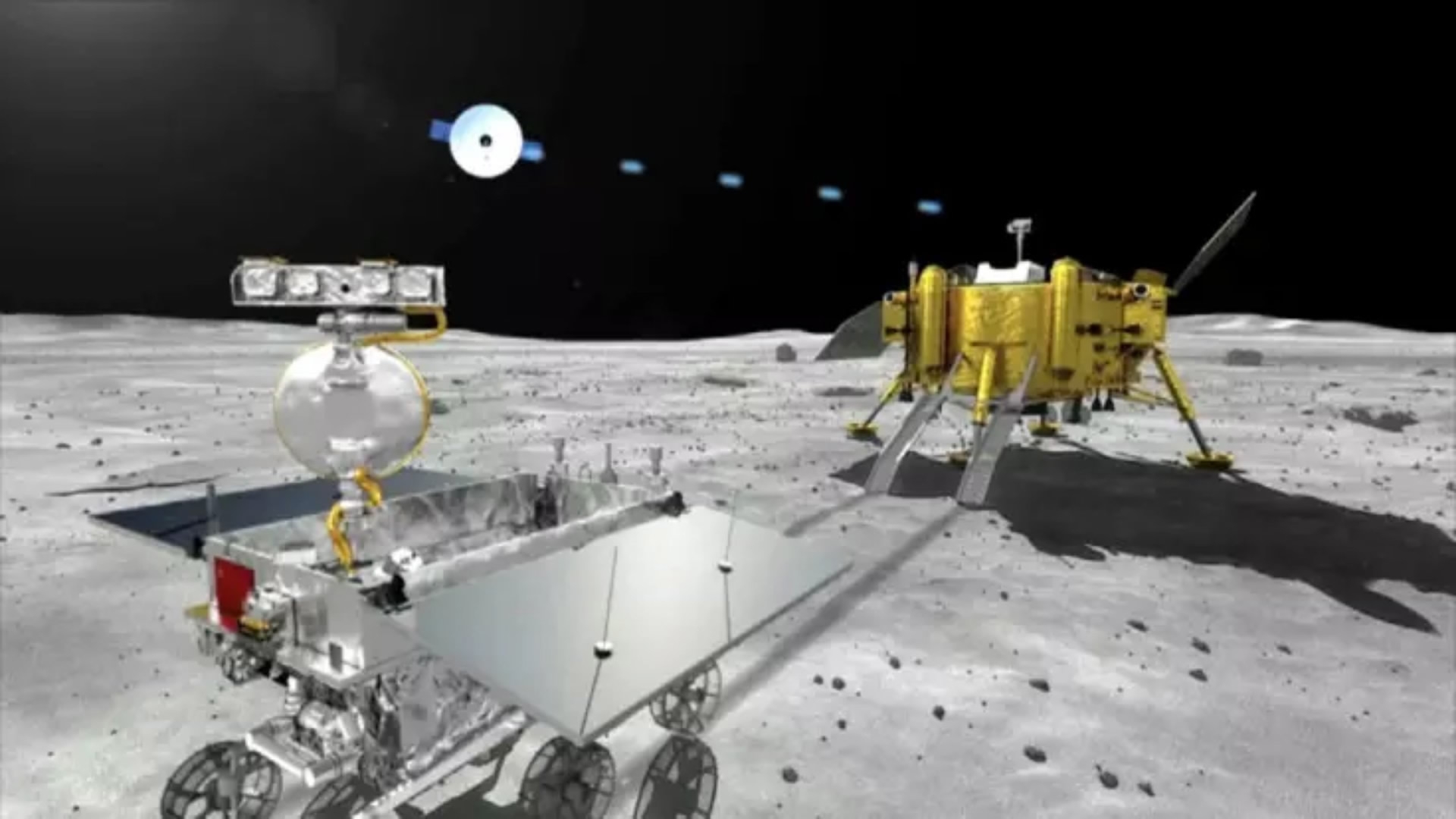
The relay satellite will send back signals and data between Earth and China's Chang'e-4 lander-rover duo. /CGTN Photo
The relay satellite will send back signals and data between Earth and China's Chang'e-4 lander-rover duo. /CGTN Photo
Queqiao will also carry an astronomy experiment called the Netherlands-China Low-Frequency Explorer, which will search for radio signals from the universe's very early days and characterize the solar winds near the Moon, among other tasks.
Together with the relay satellite, two microsatellites developed by the Harbin Institute of Technology, "Longjiang-1" and "Longjiang-2", have also been sent into orbit. The Chang'e-4 probe will also carry scientific payloads for four countries, including the Netherlands and Germany.
The mysterious lunar far side
It has a clean electromagnetic environment, which provides an ideal location to study low frequency radio waves. Many countries have come up with their own plans to explore the far side of the Moon because of its scientific importance.
The Chang’e-4 rover and lander were originally built as backups for the Chang’e-3 mission, which landed two spacecraft on the Moon in 2013. Another 2019 mission, Chang’e-5, aims to bring back the first rocks from the Moon since Apollo 17 in 1972.
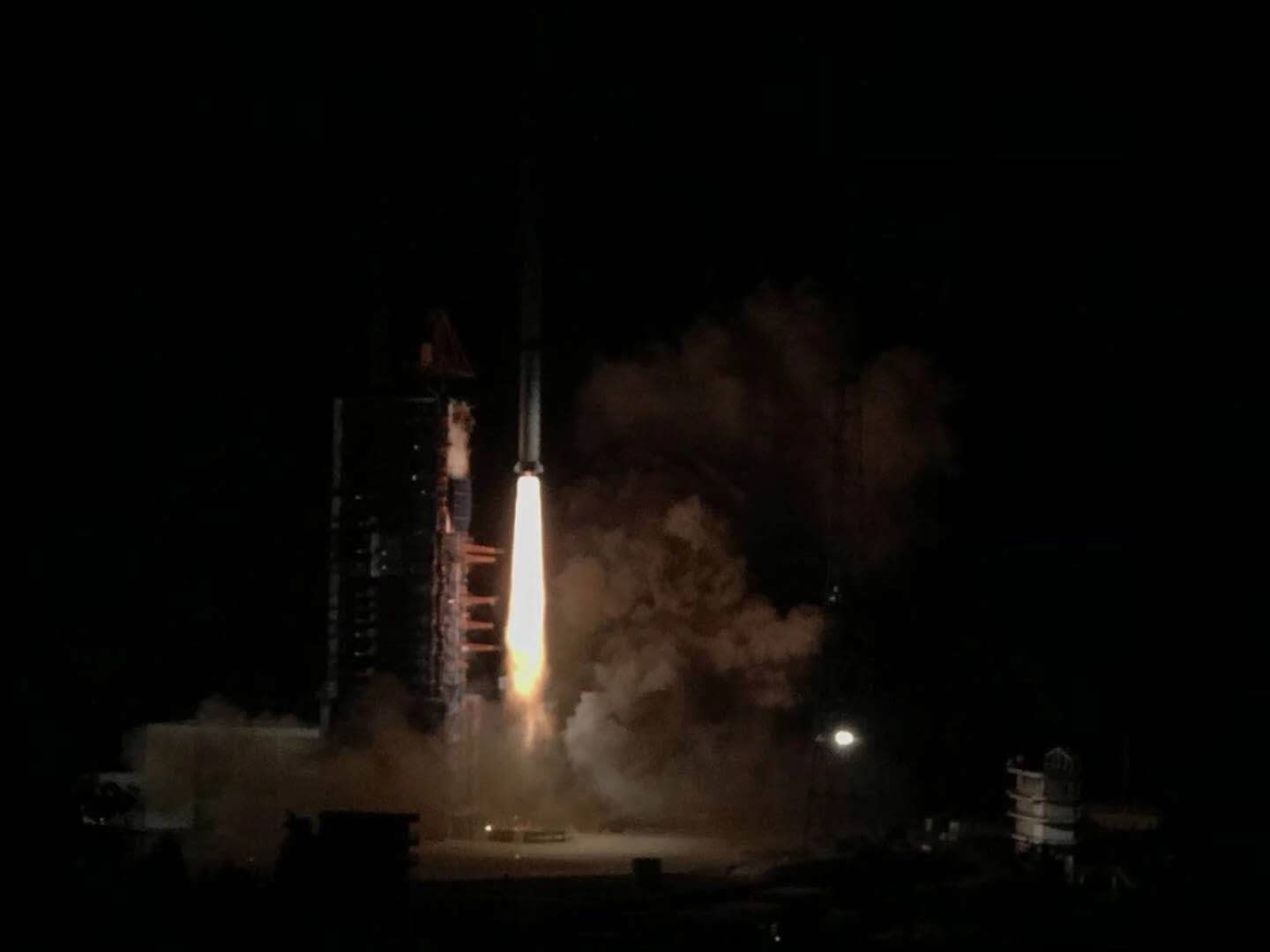
Long March rocket’s 275th launch /CGTN Photo
Long March rocket’s 275th launch /CGTN Photo
This is the Long March Rocket's 275th launch, but also the Long March-4C rocket’s maiden launch at the Xichang Satellite Launch Center.
(CGTN's Li Qian and Gao Yun also contributed to this story.)
1866km

SITEMAP
Copyright © 2018 CGTN. Beijing ICP prepared NO.16065310-3
Copyright © 2018 CGTN. Beijing ICP prepared NO.16065310-3